Evaluating EIA: Scoping Best Practices in Western Australia Projects
VerifiedAdded on 2023/01/19
|12
|757
|94
Presentation
AI Summary
This presentation provides an overview of scoping in Environmental Impact Assessment (EIA), emphasizing its importance in identifying key issues based on legislative and international requirements, as well as public involvement. It highlights the critical role of scoping in addressing stakeholder concerns, particularly those of affected communities and regulators. The presentation outlines the benefits of scoping, including informing the public, identifying key stakeholders, and setting requirements for data collection. It also acknowledges the potential drawbacks, such as revealing project details to competitors. A critical review of a project case study in Western Australia is conducted against best practice criteria to evaluate conformance and identify strengths and weaknesses in the EIA process. This assignment is available on Desklib, where you can find similar solved assignments and study tools.
1 out of 12
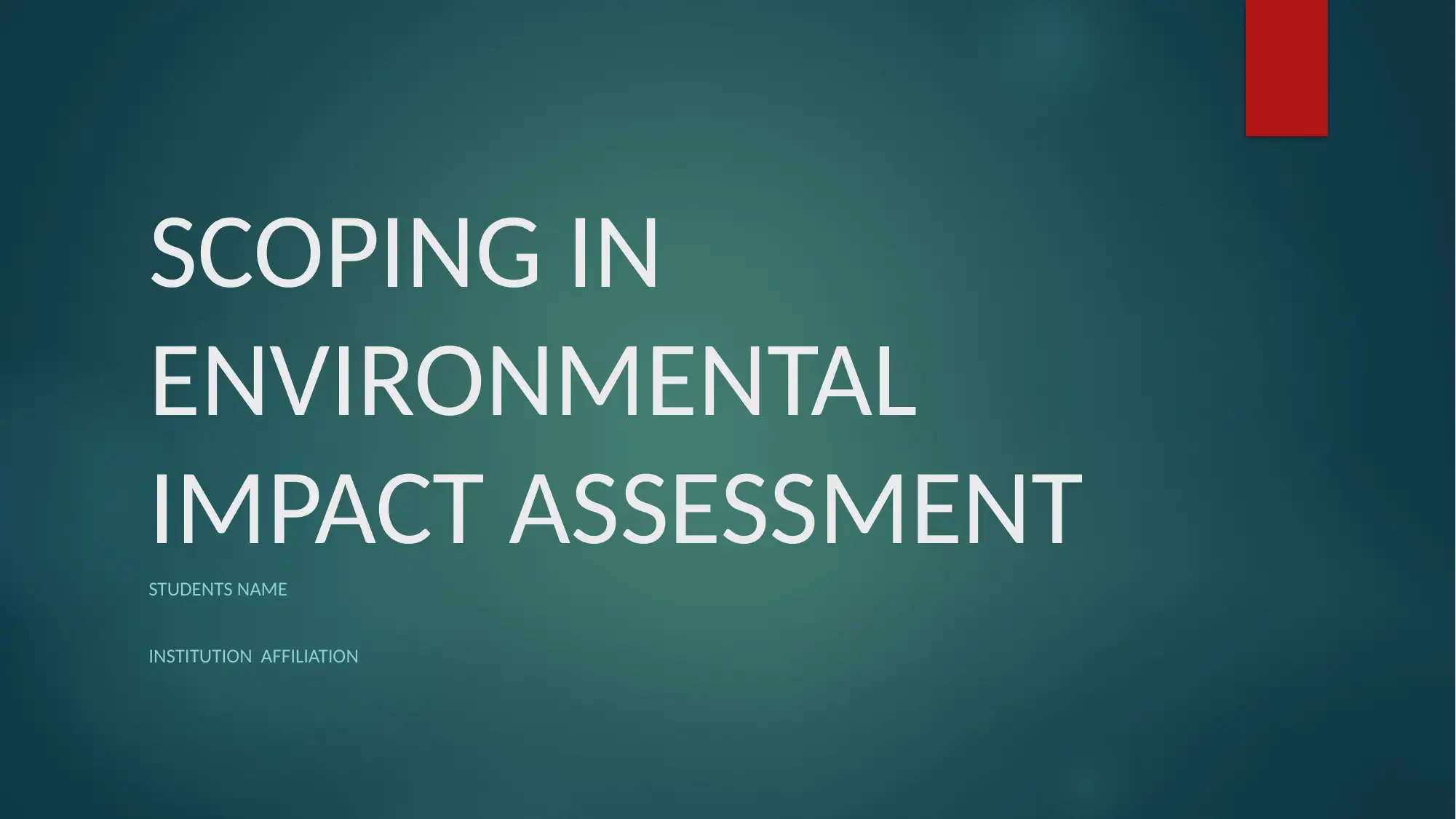
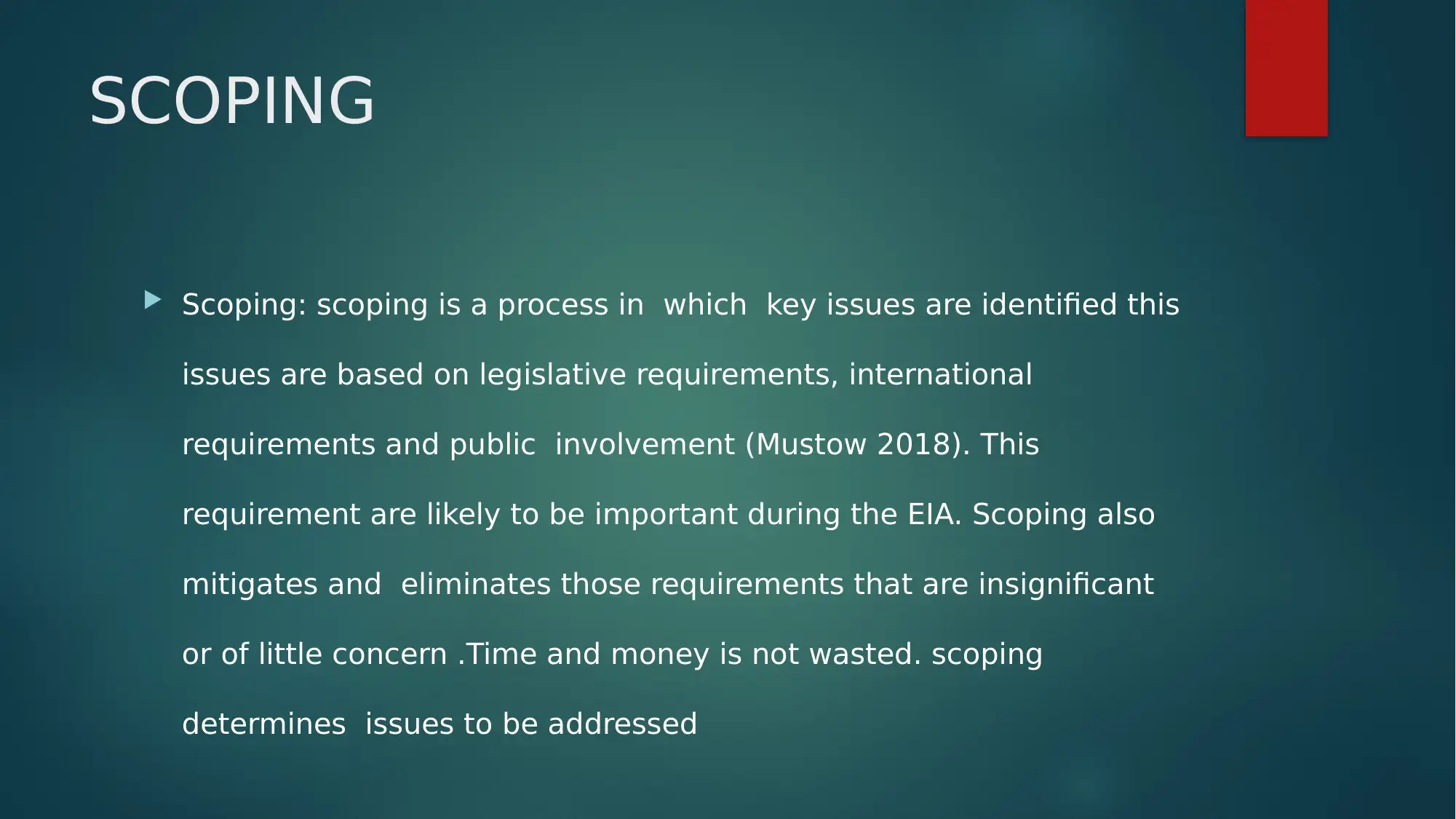
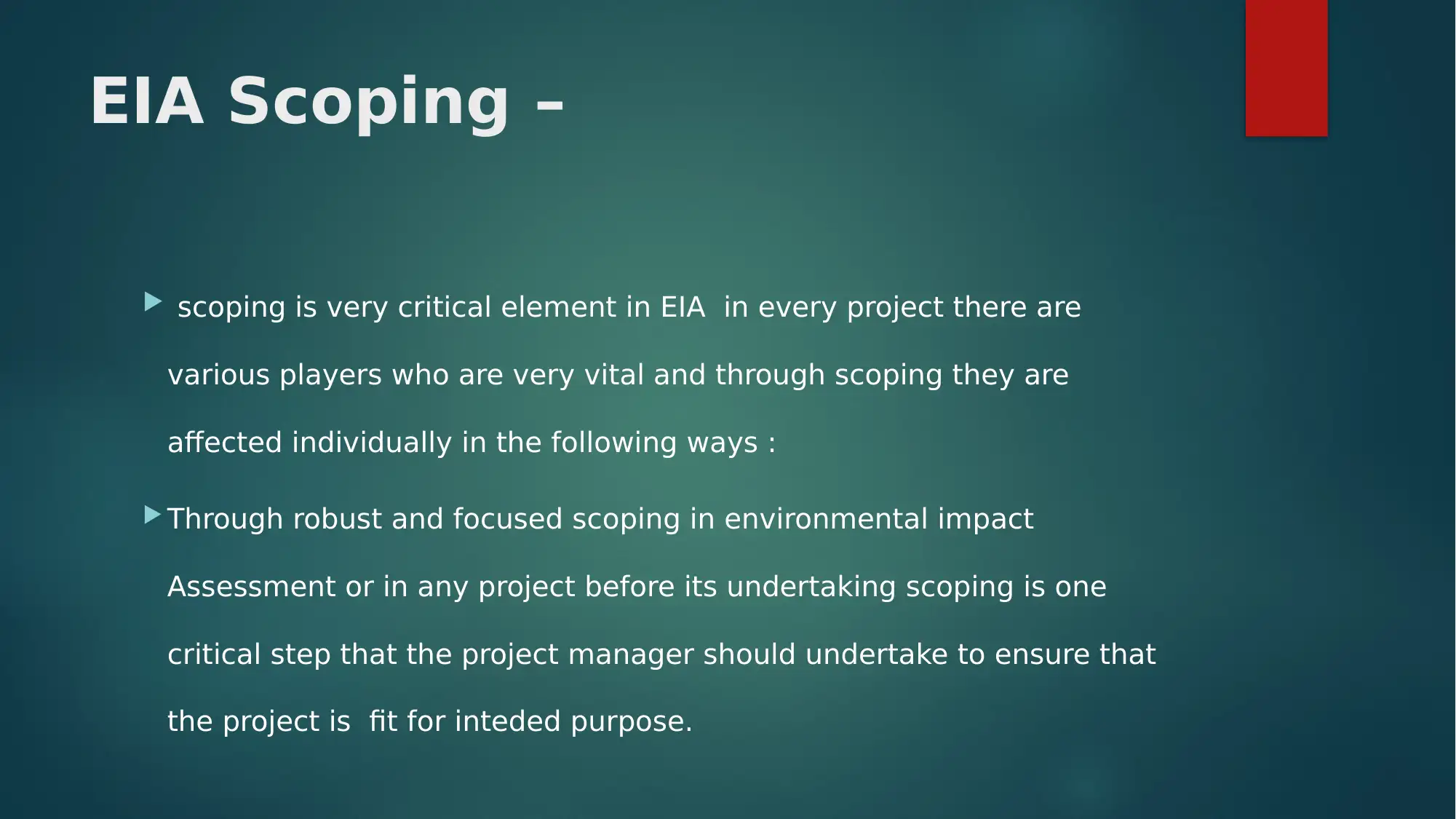

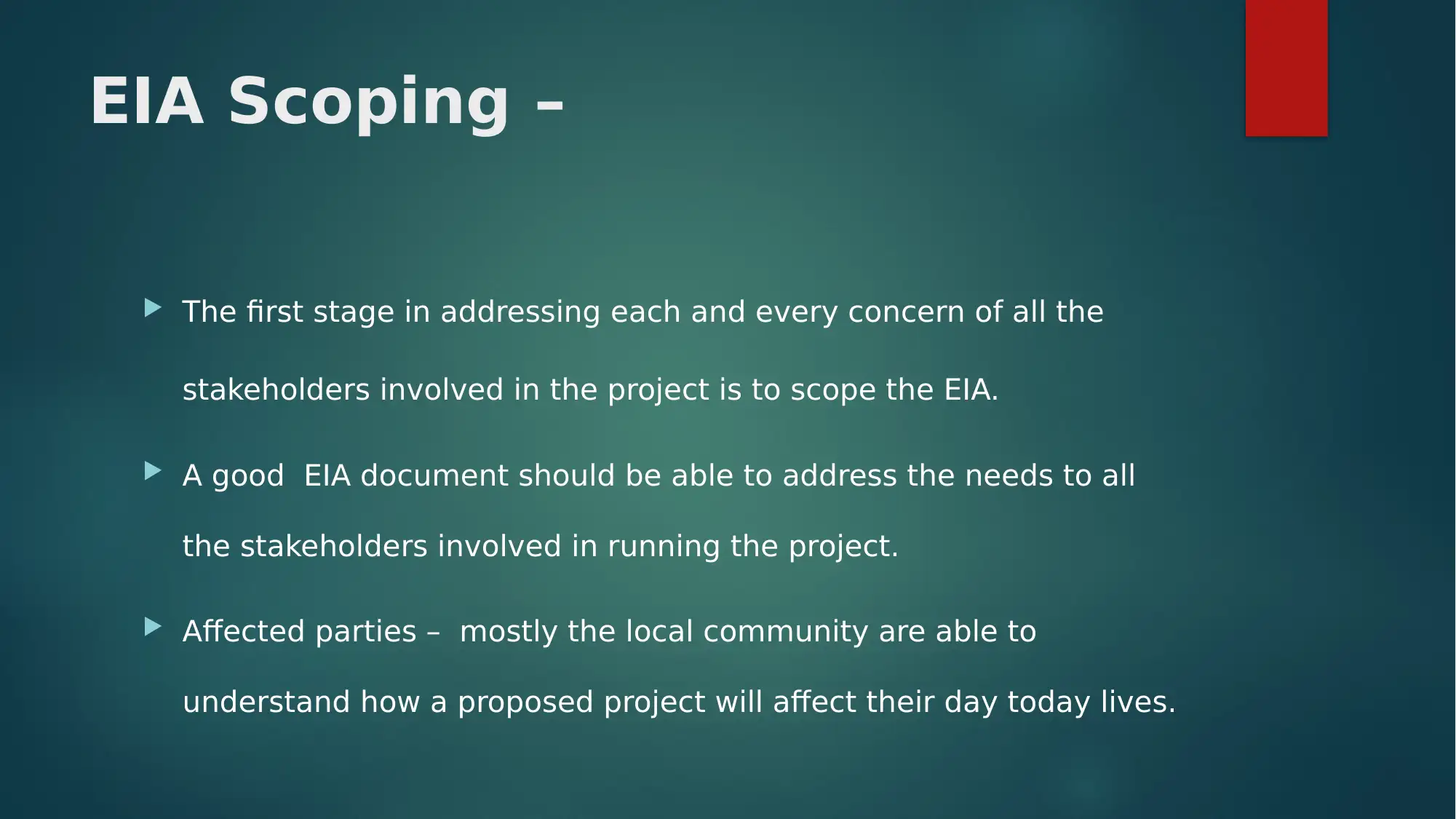
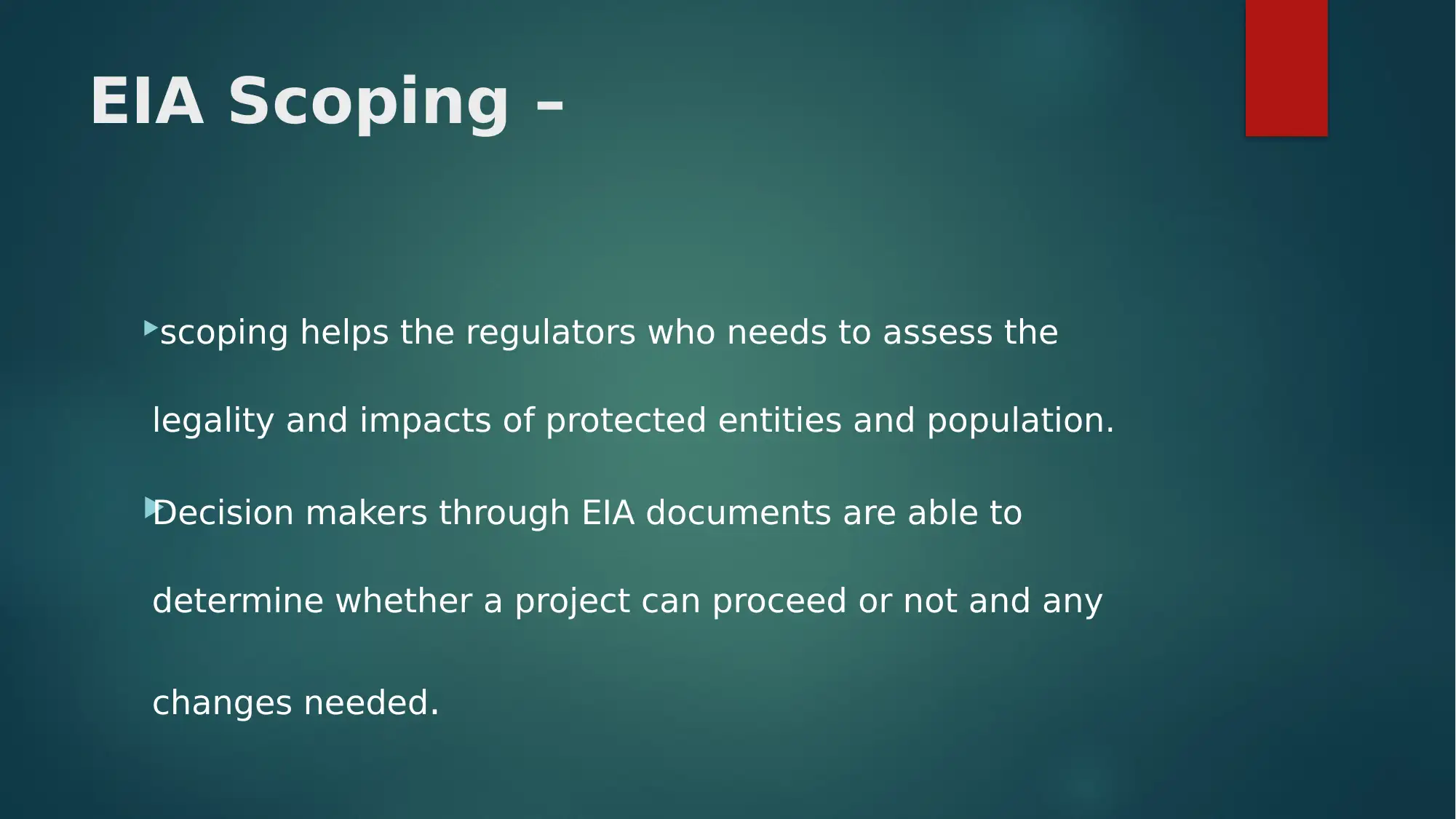
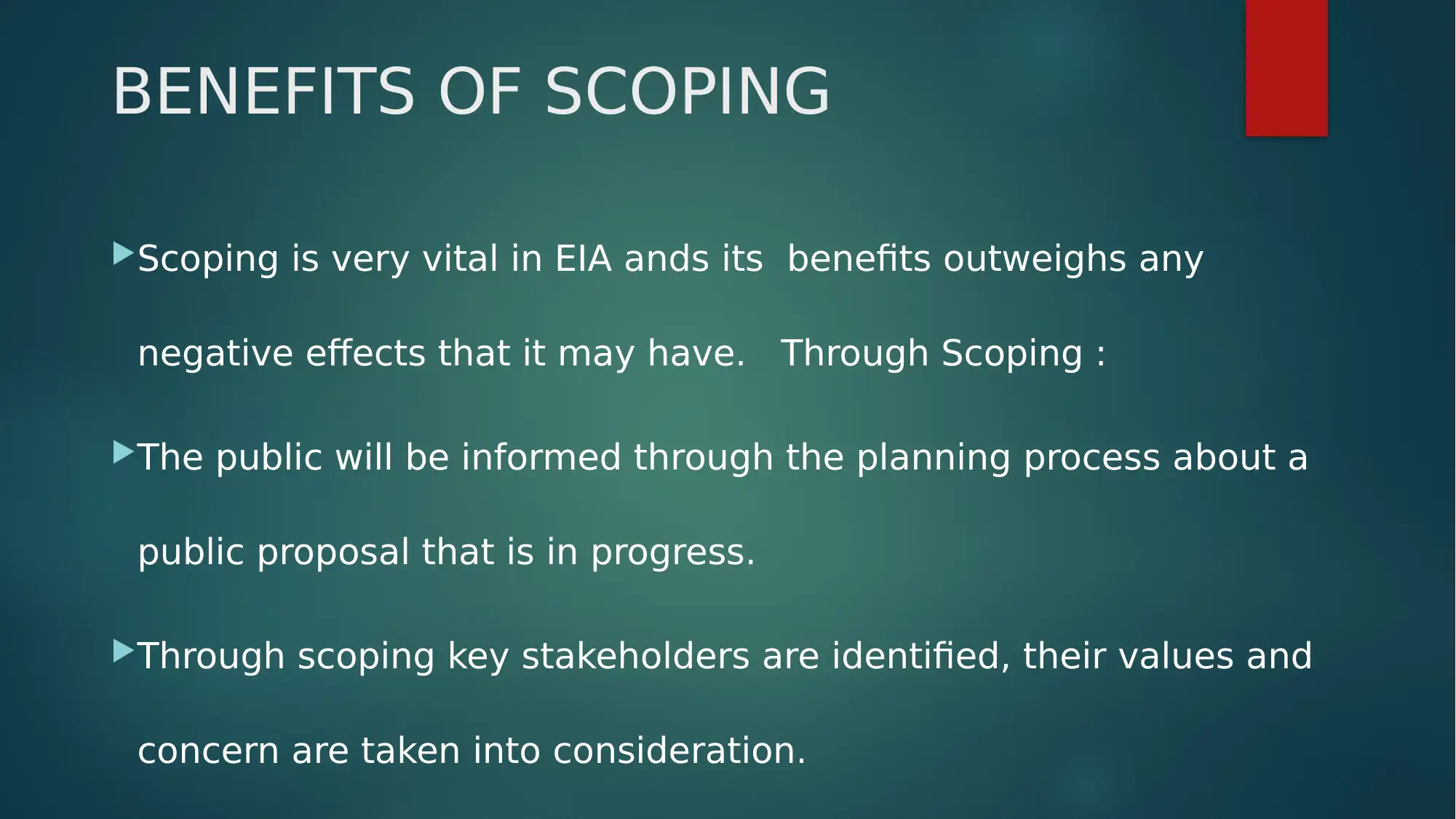
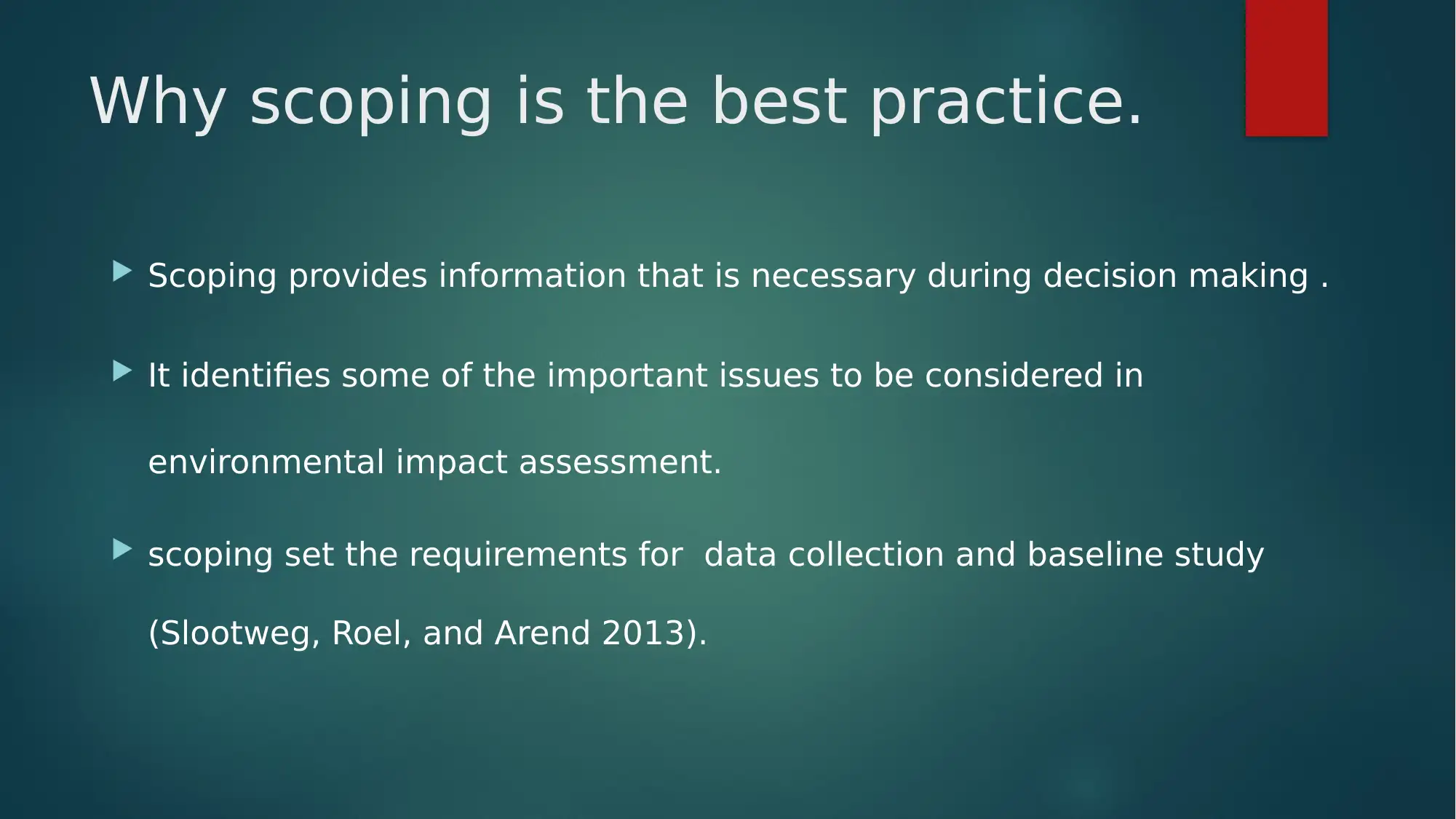
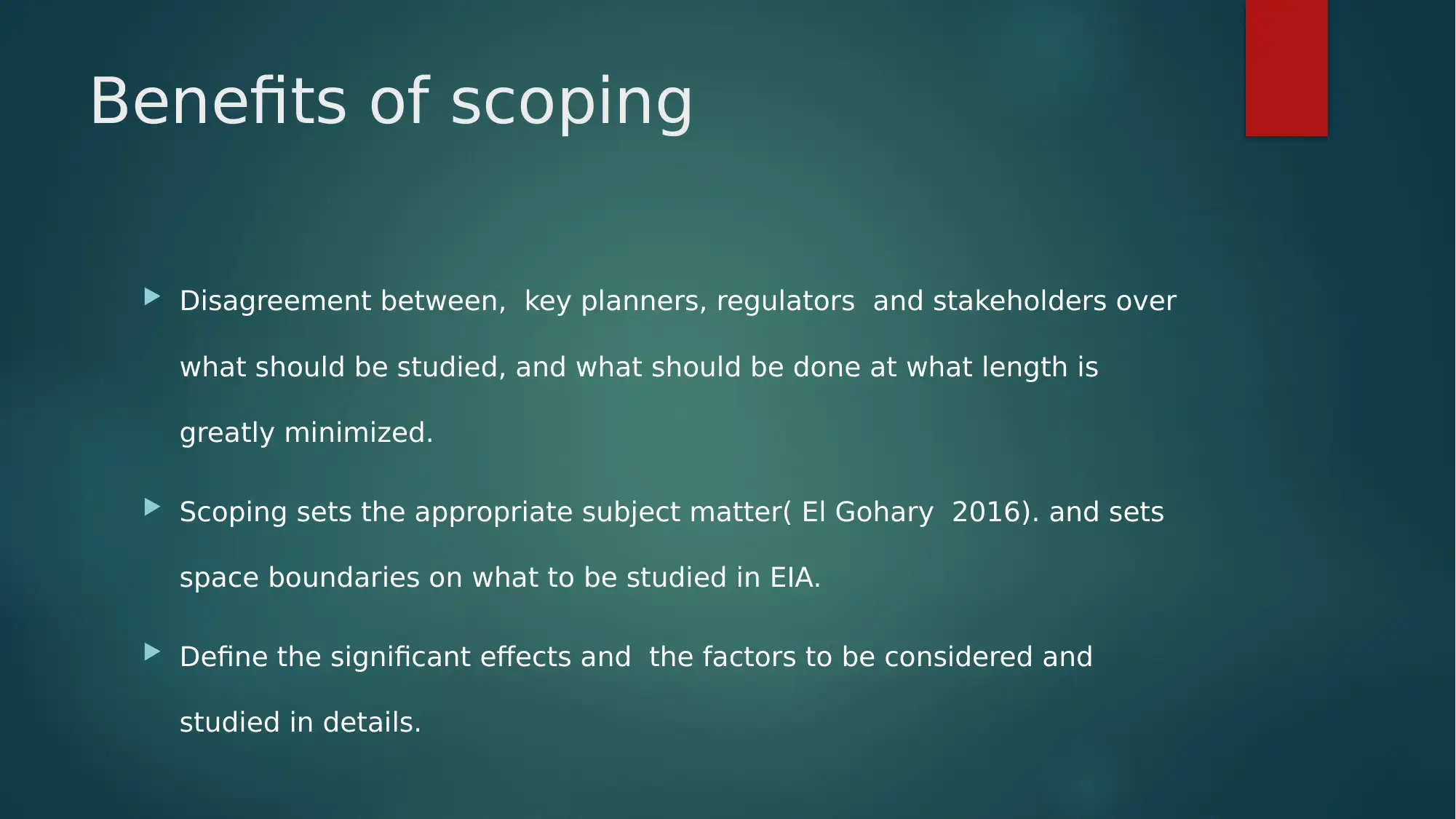
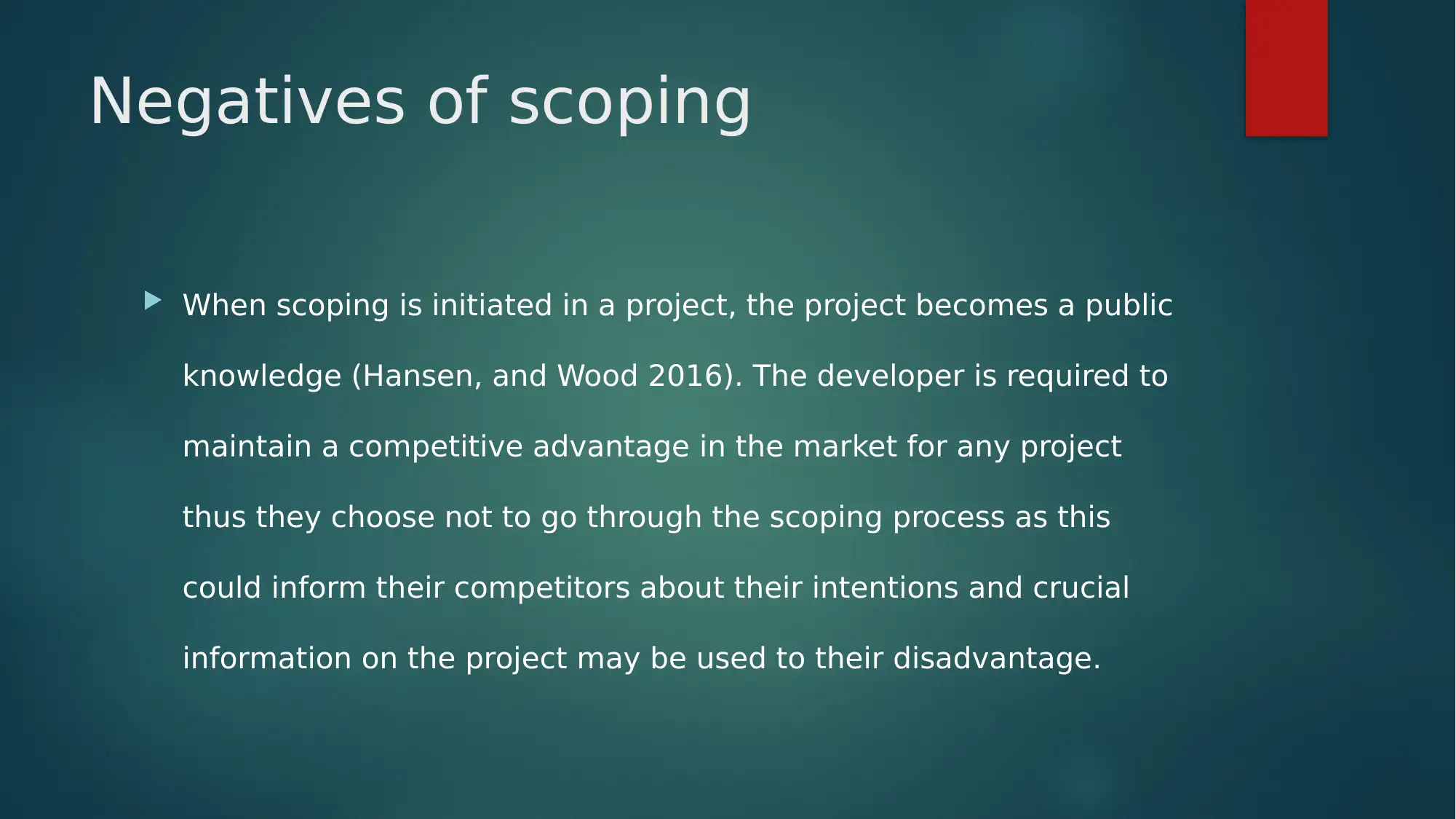
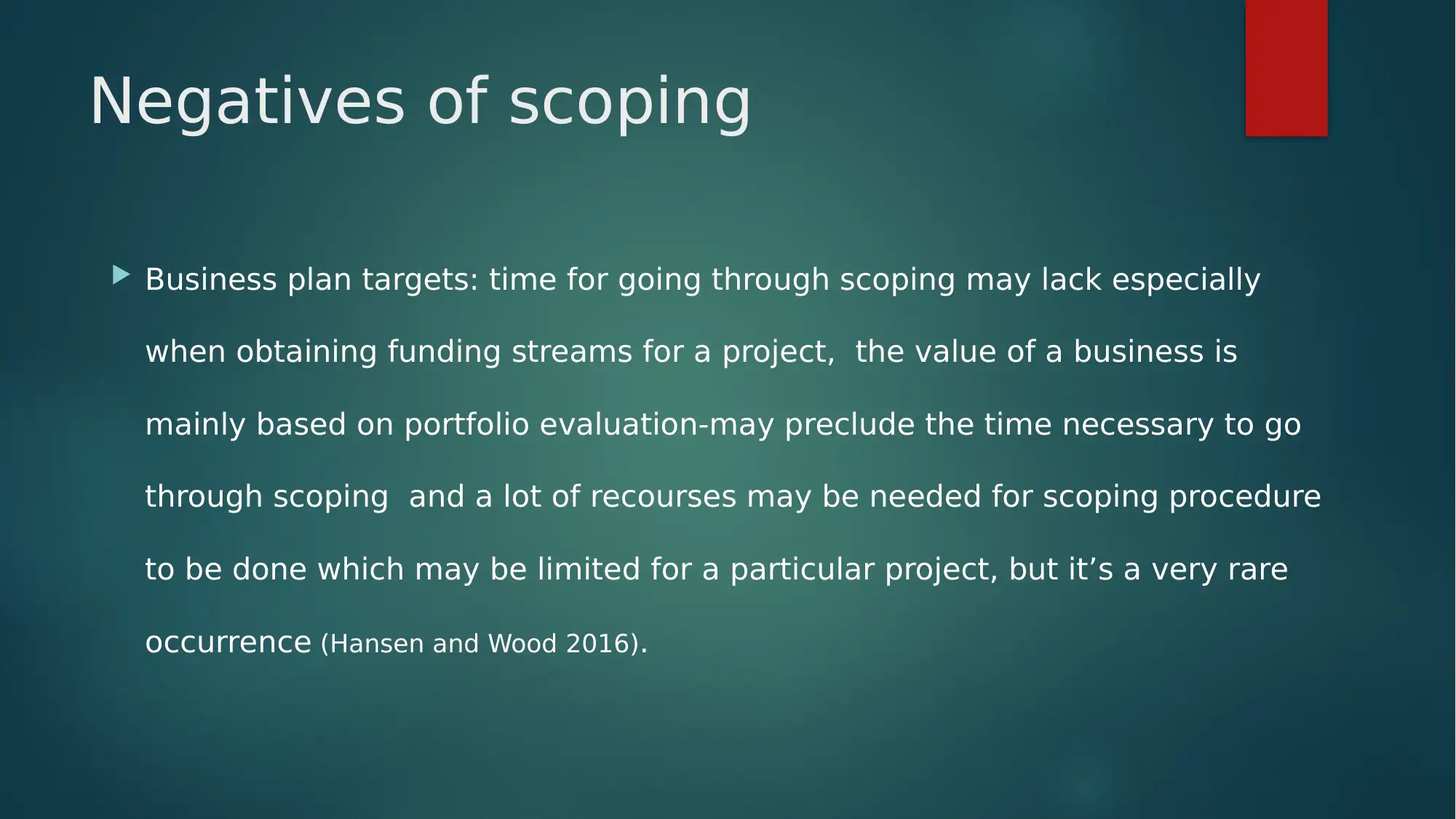
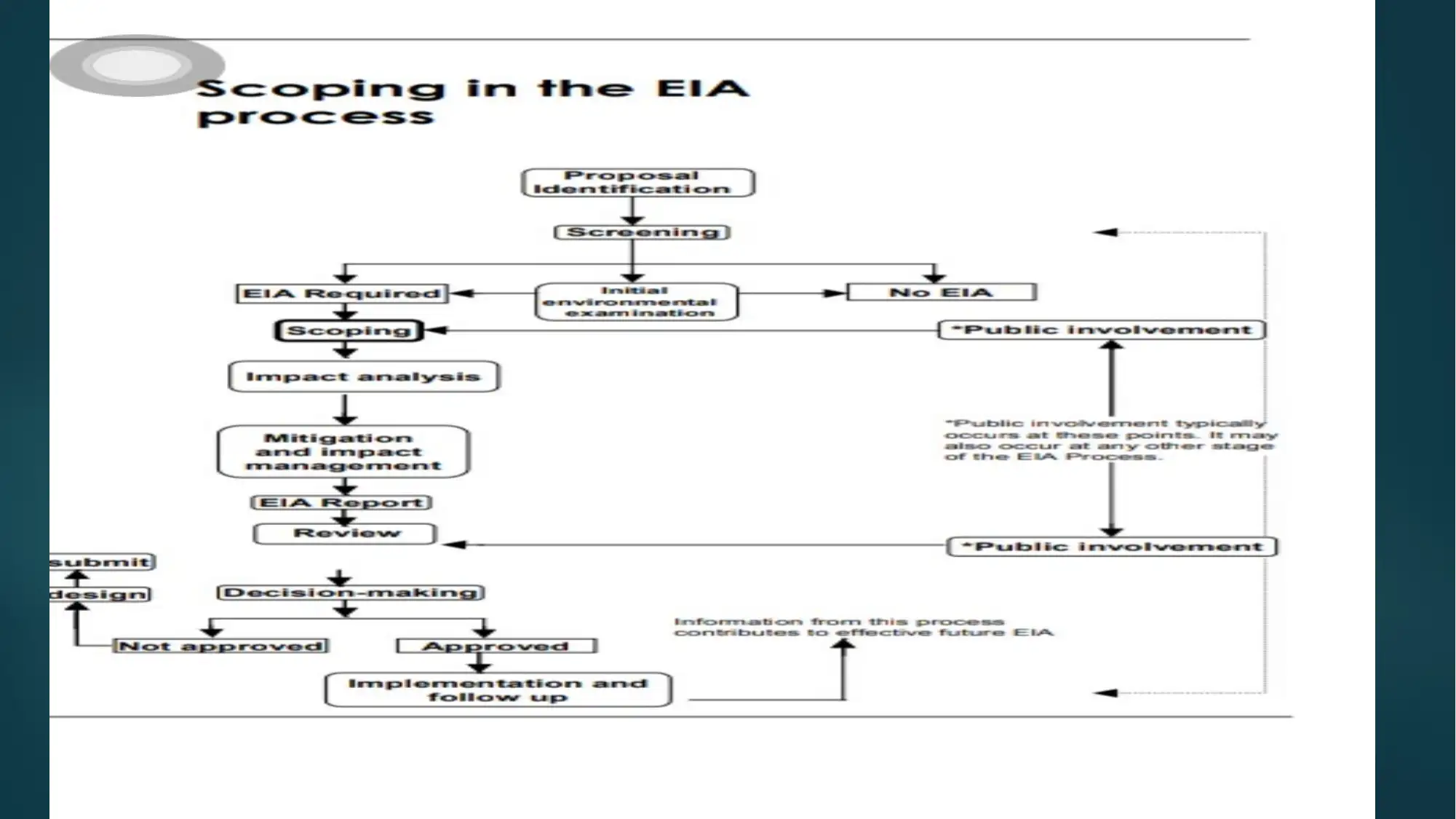
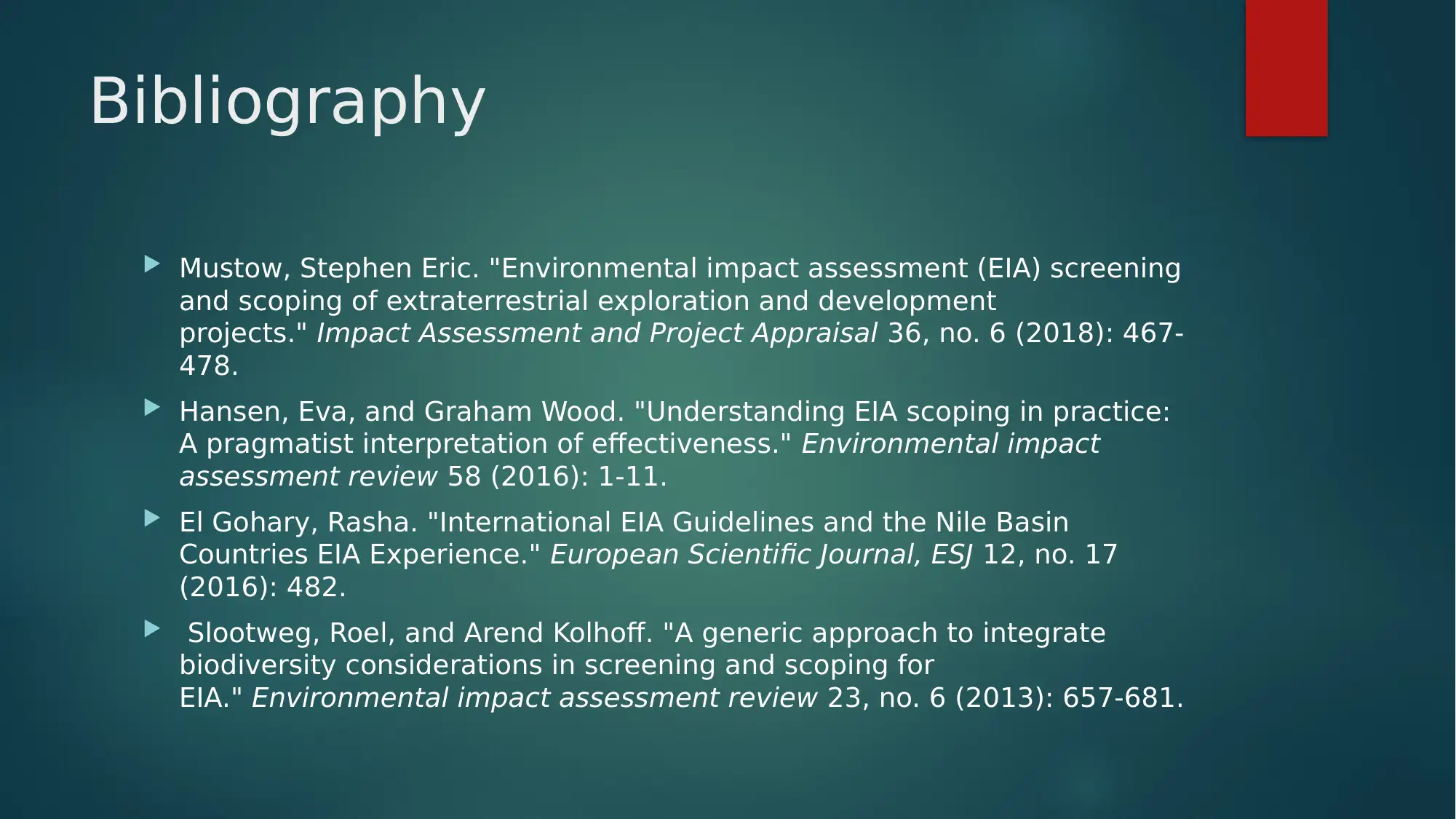






![[object Object]](/_next/static/media/star-bottom.7253800d.svg)